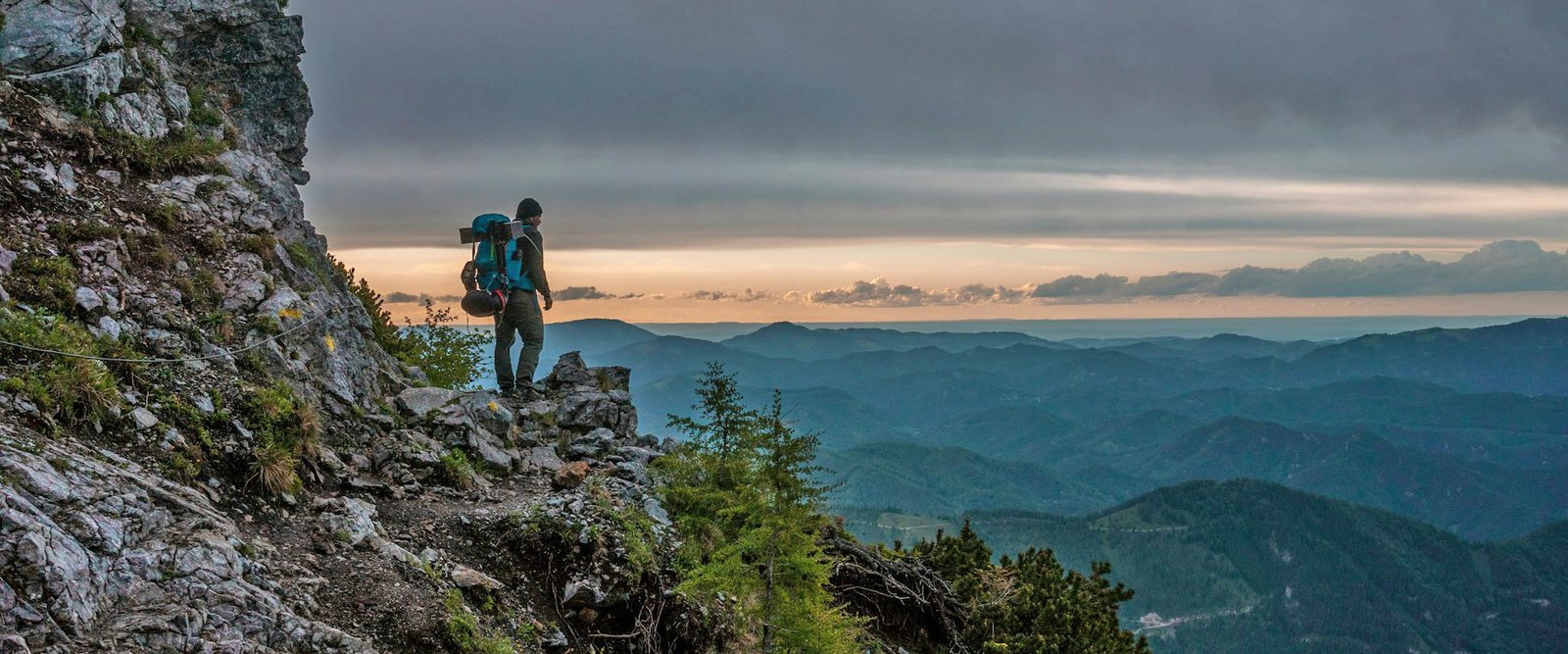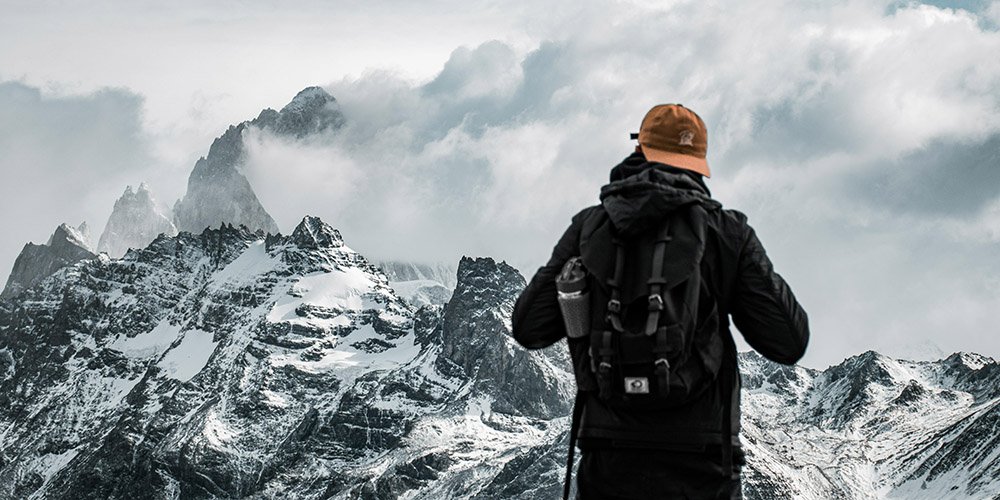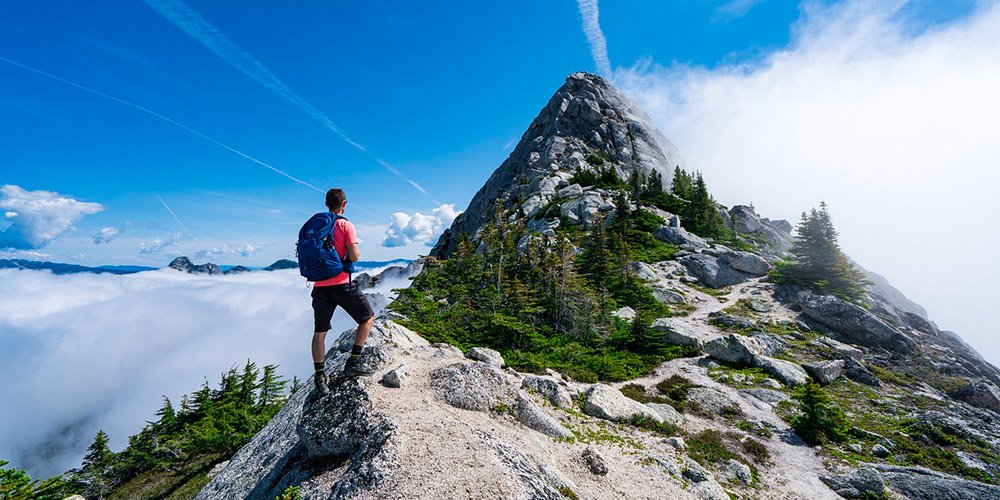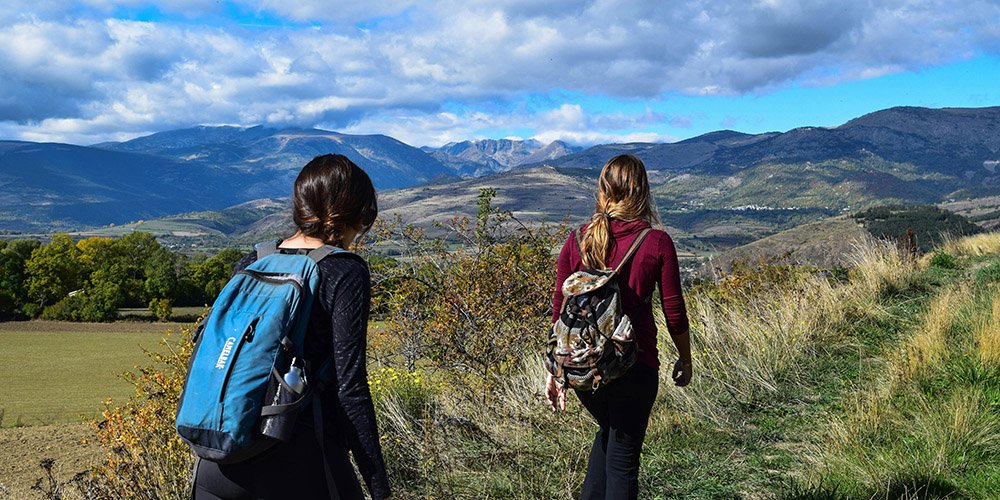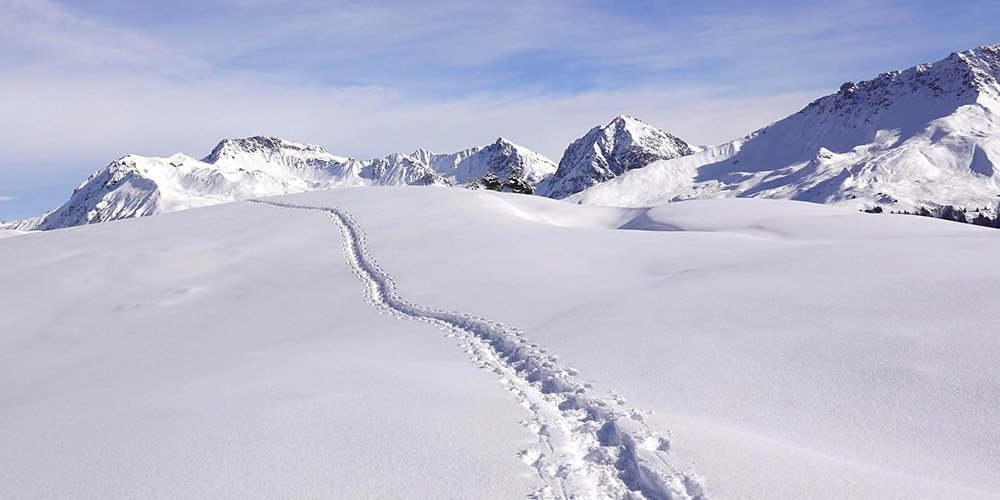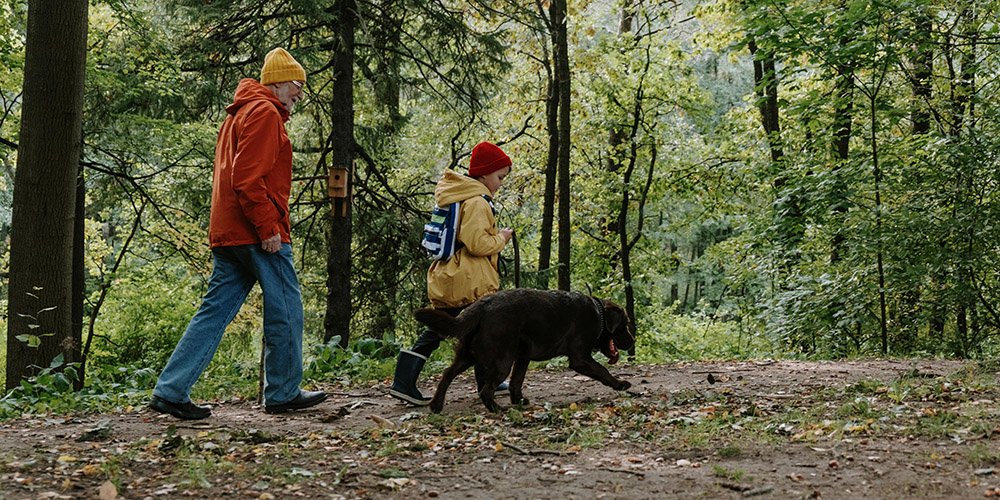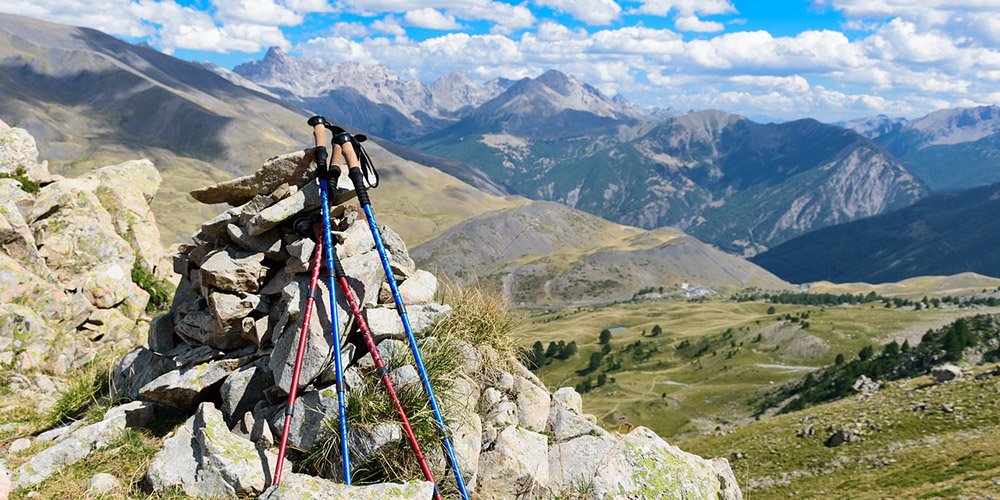Hiking isn’t just a form of exercise; it’s a passport to landscapes that few can explore, offering a unique blend of physical challenge and mental tranquility. Whether it’s a gentle stroll through a local park or a vigorous climb up a mountain trail, hiking invites you to step away from the hustle of daily life and immerse yourself in the natural world.
The benefits are abundant, from cardiovascular health and muscle tone to stress reduction and a heightened sense of well-being. More than just a workout, hiking connects us with nature, fostering an appreciation for our planet and its wonders.
Want to jump to our hiking articles directly? Click here!
Types of Hiking
Hiking comes in various forms, each offering a different experience and adventure level:
-
- Day Hiking: Ideal for beginners and those looking for a pleasant way to spend a day. These hikes usually last several hours and don’t require overnight gear.
- Backpacking: For those craving a deeper wilderness experience, backpacking involves carrying all your camping gear and spending one or several nights outdoors. It’s a fantastic way to disconnect and explore more remote areas.
- Thru-Hiking: This is long-distance hiking, such as completing the Appalachian Trail or the Pacific Crest Trail, often spanning several months. It’s a transformative journey suited for the dedicated adventurer.
- Adventure Hiking: Including more challenging activities like scrambles or peak bagging, this type is for experienced hikers looking to push their limits amidst challenging terrains and conditions.
Each type of hiking offers unique experiences and challenges, suitable for different levels of ability and adventure spirit.
Essential Gear for Hiking
To ensure a safe and enjoyable hiking experience, packing the right gear is crucial:
-
- Footwear: The foundation of any hike, the right shoes will depend on the terrain. Trail shoes are suitable for light day hikes, while sturdier hiking boots are necessary for rough terrain.
- Clothing: Always dress in layers to easily adjust to changing weather. Moisture-wicking fabrics keep you dry, and insulated layers keep you warm.
- Backpack: A well-fitted backpack is essential, especially for longer treks. Look for one with enough capacity for your gear but not so large that it becomes cumbersome.
- Navigation Tools: Reliable navigation is vital. Always carry a map and compass, and consider a GPS device as a backup.
Gear Tips:
-
- For shorter, less demanding hikes, focus on comfort and convenience with lighter gear.
- For longer, more challenging treks, prioritize durability and functionality in your equipment choices. It also helps to use trekking poles for such hikes.
Planning Your Hike
A successful hike begins long before you set foot on the trail. Proper planning and preparation are crucial to ensure that your adventure is enjoyable and safe.
-
- Trail Selection: Choose a trail that matches your fitness level and hiking experience. Research the trail’s length, elevation gain, and difficulty rating. Websites like AllTrails or local hiking forums can offer insights and reviews from other hikers.
- Understand Trail Ratings: Familiarize yourself with the rating system used in your region—trails can be classified from easy to strenuous based on various factors including distance, elevation gain, and terrain type.
- Weather Conditions: Always check the weather forecast before heading out. Sudden weather changes can make trails more challenging and hazardous.
- Planning Resources: Utilize apps and websites for up-to-date trail information and maps. Popular tools like Gaia GPS and Caltopo can help you plan your route and stay oriented during your hike.
Hiking Safety
Safety should never be an afterthought when hiking. Here are essential tips to keep in mind:
-
- Stay on the Trail: Minimize your impact on the environment and reduce the risk of getting lost by staying on marked trails.
- Know Your Limits: Be realistic about your physical condition and hiking skills. It’s better to turn back than to push beyond your limits and face potential dangers.
- Emergency Preparedness: Always carry a basic first aid kit and know the basics of how to use it. Learn the symptoms of common ailments like dehydration and hypothermia.
- Leave Plans with Someone: Always inform someone about your hiking plans and expected return time, especially if you are heading into remote areas. This can be crucial in case of an emergency.
Navigational Tips
Effective navigation is a vital skill for any hiker, helping to prevent disorientation and accidents.
-
- Basic Skills: Every hiker should know how to read a topographic map and use a compass. These fundamental skills can help you navigate even when GPS devices fail.
- Using a Map and Compass: Practice at home or in safe, familiar areas before relying on these tools in unfamiliar territory. Understanding how to orient a map, find your position, and plot a route is invaluable.
- GPS Devices: While GPS devices and smartphone apps provide convenience and an extra layer of security, they should not replace basic map and compass skills. Always ensure your device is fully charged and consider carrying a portable charger.
Leave No Trace Principles
As hikers, we have a responsibility to preserve the natural beauty of the wilderness. Adhering to the Seven Leave No Trace Principles ensures that our trails and natural spaces remain intact for future generations:
-
- Plan Ahead and Prepare: Proper planning prevents unnecessary harm to natural resources and reduces personal risks.
- Travel and Camp on Durable Surfaces: Stick to established trails and campsites to avoid damaging vegetation and soil.
- Dispose of Waste Properly: Pack out all trash, leftover food, and litter. Use toilet facilities or bury human waste properly.
- Leave What You Find: Preserve the past and natural conditions. Avoid taking rocks, plants, and other natural objects.
- Minimize Campfire Impacts: Use a lightweight stove for cooking and enjoy campfires in established rings to prevent scarring the landscape.
- Respect Wildlife: Observe wildlife from a distance and never feed animals. Feeding wildlife damages their health and alters natural behaviors.
- Be Considerate of Other Visitors: Ensure the outdoors remains a serene place for everyone by maintaining low noise levels and avoiding monopolizing shared spaces.
Improving Hiking Skills
Whether you’re new to hiking or looking to level up your trail game, continuous skill improvement can enhance your experiences:
-
- For Beginners: Start with shorter, well-marked trails. Focus on building your stamina and familiarity with hiking gear. Practice using a map and compass on safe, local hikes before embarking on more challenging adventures.
- For Experienced Hikers: Challenge yourself with varied terrain and longer distances. Learn advanced navigation techniques and consider taking wilderness survival courses to prepare for backcountry hiking.
Our Hiking Articles & Guides
Hiking offers a profound way to connect with nature, improve physical health, and find mental tranquility. Whether you are meandering through a forest, climbing rugged peaks, or exploring vast wilderness areas, each step on the trail brings new discoveries and rewards. I encourage you to lace up your boots, grab your backpack, and explore the great outdoors – with the help of the articles below:

